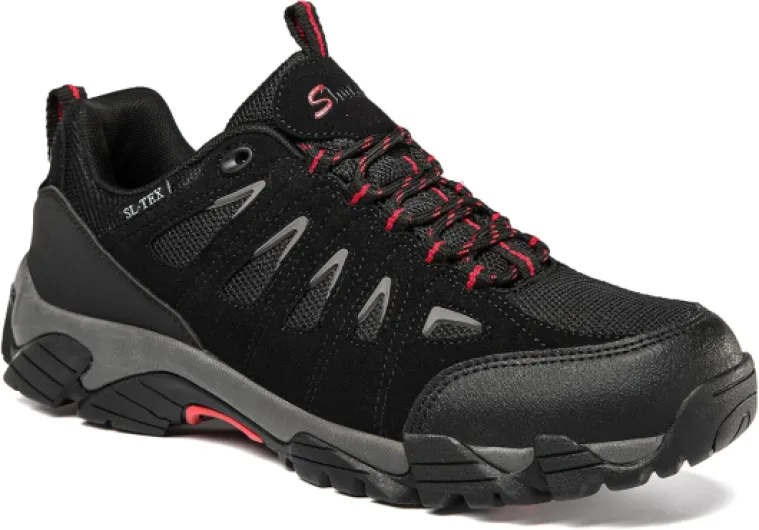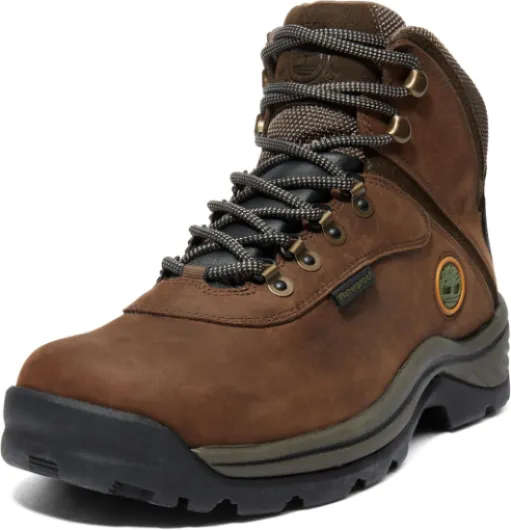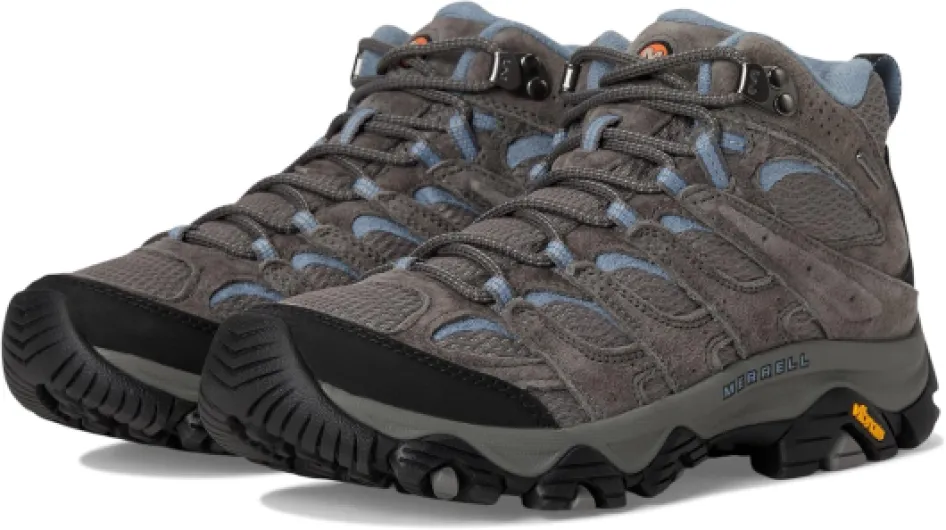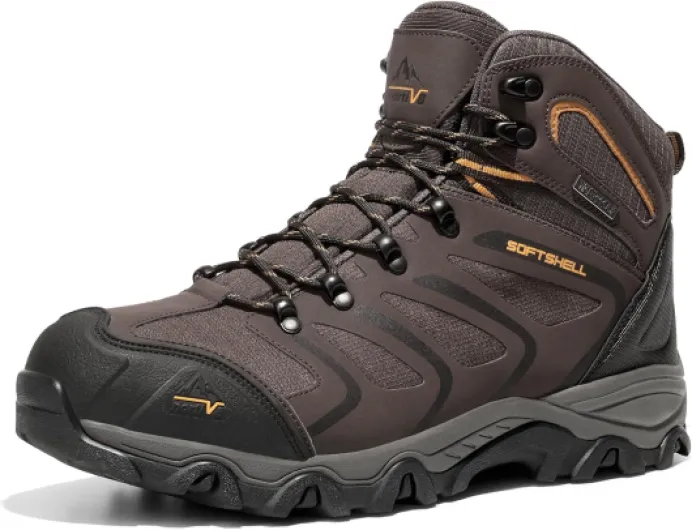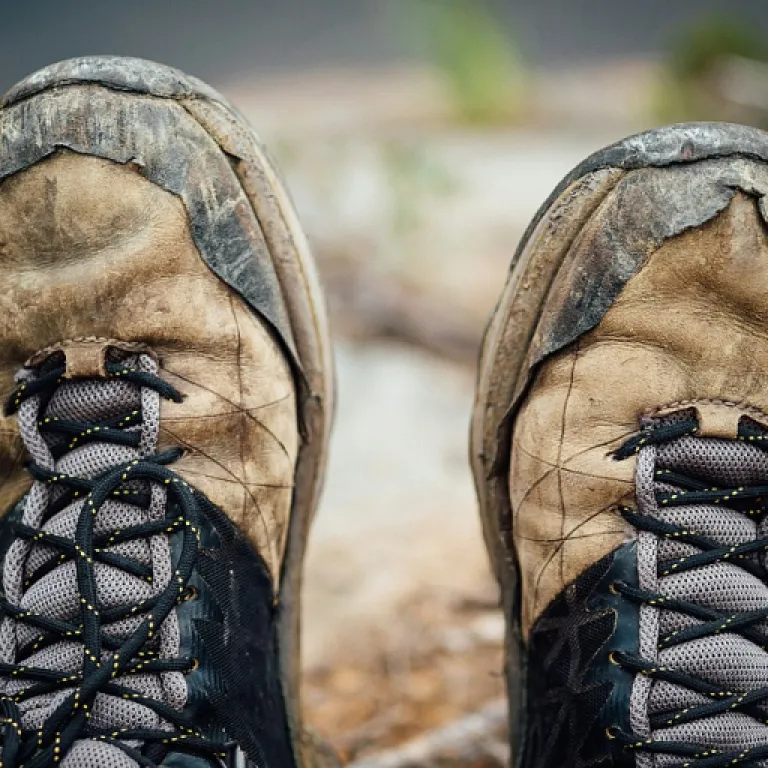
Understanding Plantar Fasciitis and Its Impact on Hikers
Understanding the Challenge of Plantar Fasciitis for Hikers
Plantar fasciitis is a common foot condition that can significantly impact hikers, especially those who spend long hours on rugged trails. This condition involves inflammation of the plantar fascia, a thick band of tissue that runs across the bottom of the foot, connecting the heel bone to the toes. The pain is often most acute in the morning or after prolonged periods of rest, making it a challenging issue for outdoor enthusiasts.
Hikers with plantar fasciitis often experience heel pain and discomfort, which can hinder their ability to enjoy long treks. The repetitive impact of walking on uneven terrain can exacerbate the condition, leading to increased foot pain and potential long-term health issues if not addressed properly.
For those dealing with plantar fasciitis, selecting the right hiking boots is crucial. The best boots offer adequate arch support and cushioning to alleviate pressure on the plantar fascia. Features such as a wide toe box and orthotic insoles can provide additional comfort and support, helping to reduce heel pain and improve overall hiking experience.
It's important to consider the versatility of hiking boots when managing plantar fasciitis. Some boots are designed to double as work boots, offering the necessary support and durability for both hiking and everyday use. This dual functionality can be beneficial for those who need consistent support throughout the day.
In the following sections, we'll explore key features to look for in hiking boots, top brands that offer plantar fasciitis relief, and tips for proper boot fitting and maintenance. Real-life experiences from fellow hikers will also provide valuable insights into managing this condition effectively.
Key Features to Look for in Hiking Boots for Plantar Fasciitis
Essential Factors for Choosing Hiking Boots for Plantar Fasciitis
Selecting the right hiking boots is crucial when managing plantar fasciitis, a condition known for causing heel pain. With the right features, your hiking boots can provide the necessary support and comfort to alleviate pain during treks.- Arch Support and Orthotic Insole: A top priority is ensuring adequate arch support. Hiking boots designed with this feature help alleviate stress on the plantar fascia, which can reduce discomfort during long walks. Consider products that offer a well-cushioned orthotic insole for improved fasciitis relief.
- Heel and Foot Support: With heel pain being a common symptom of plantar fasciitis, boots providing ample heel support are essential. A snug fit can prevent unnecessary movement within the boot, reducing the risk of aggravating the plantar fascia.
- Wide Toe Box: A wider toe box accommodates various foot shapes, ensuring comfort for those with flat feet or other foot conditions. This feature can help in avoiding pinching and provide better overall foot support.
- Material and Durability: High-quality materials not only ensure durability but also contribute to the overall support and flexibility of the boot. Materials like leather or specialized synthetic fabrics can offer stability and are apt for handling rough terrains.
- Features for Women: It's critical to recognize that some hiking boots are specifically designed to address the unique foot shapes and sizes of women. Consider trying on several boots to find the best fit, taking note of noclassifications, heel-to-toe drop, and arch support specifics meant for size women.
- FSA Eligible Choices: Some hiking boots are FSA eligible, offering the possibility of reimbursement if prescribed for health reasons. This can be an important financial consideration for those who have plantar fasciitis and require specific footwear for relief.
Top Hiking Boot Brands for Plantar Fasciitis Relief
Leading Options in Hiking Boots for Optimal Comfort
When it comes to managing plantar fasciitis on the trails, the right hiking boots can make all the difference. Several brands have pioneered designs focusing on fasciitis relief, combining comfort, durability, and essential health benefits. Let's dive into some of the top choices.- Merrell: Known for their anatomical support and cushioned soles, Merrell integrates advanced arch support and heel protection into their boots. These features help dissipate impact forces, reducing heel pain and enhancing stability for hikers dealing with plantar issues.
- Columbia: This brand emphasizes lightweight comfort with their line of hiking boots. Equipped with orthotic insoles and a wide toe box, they accommodate flat feet and provide ample room for customized inserts if necessary.
- Keen: With a reputation for superior arch support and solid foot positioning, Keen hiking boots offer adaptable designs for both men and women. The brand focuses on maintaining foot alignment to ease pressure on the plantar fascia, ensuring a snug fit without sacrificing breathability or flexibility.
Comparing Boot Materials and Their Benefits
Material Composition and Its Impact on Comfort and Health
When managing plantar fasciitis during your hiking adventures, the choice of materials in hiking boots plays a crucial role in ensuring comfort and support. Different boot materials provide varied levels of heel support, foot stability, and overall health benefits, making them essential considerations when selecting your next pair.- Leather: Known for its durability and classic aesthetic, leather boots often offer robust support that's beneficial for those suffering from plantar fasciitis. The material tends to mold to the shape of your foot over time, which can offer personalized comfort. However, be mindful of the boot's weight and ensure a proper break-in period to prevent initial stiffness, which could exacerbate heel pain.
- Synthetic Fabrics: These materials, such as mesh or nylon, are usually lighter and more breathable than leather options. This can help in reducing foot fatigue during long hikes. For women with wide feet or those who experience shoe compression, synthetic fabrics often provide a more adaptable fit.
- Waterproof Linings: Whether in leather or synthetic boots, a waterproof membrane is a valuable feature when facing unpredictable weather conditions. Keeping your feet dry not only enhances comfort but also prevents skin issues that could worsen plantar fasciitis symptoms.
- Outsoles: The outsole material, frequently made from rubber or similar compounds, is essential for providing traction and stability on varied terrains. A sturdy tread design is recommended for hikers with plantar fasciitis, as it can prevent slips and improve foot placement, reducing strain on the plantar fascia.
Tips for Proper Boot Fitting and Maintenance
Ensuring the Perfect Fit for Lasting Comfort
Finding the right hiking boot is a critical step towards enjoying a pain-free hiking experience, especially for those dealing with plantar fasciitis. The combination of a well-fitting boot and the necessary support features can make a significant difference in alleviating heel pain and improving overall foot health. Below are some tips to guide you in choosing and maintaining your hiking boots:- Importance of Proper Sizing: A correct fit can prevent further foot pain. Pay attention to both length and width, ensuring your boots accommodate the natural expansion of feet during long hikes. Boots designed for plantar fasciitis often have a wider toe box to enhance comfort and prevent pressure points.
- Focus on Arch Support: Adequate arch support is vital for those with plantar fasciitis. Ensure your hiking boots provide robust support to the plantar fascia, possibly through built-in orthotic insoles or the ability to accommodate custom insoles for additional support.
- Break-in Period: Allow for a break-in period before taking your new boots on a lengthy hike. Wearing them around the house or on short walks will ensure they mold to your feet and prevent blisters or discomfort.
- Material Care: Maintaining the integrity of your boots is essential for longevity and effectiveness. Use appropriate cleaning products to maintain materials like leather or synthetic fabrics, and apply waterproofing treatments if necessary.
- Regular Assessments: Regularly evaluate the condition of your hiking boots. Worn-out soles or compromised arch support can exacerbate foot pain. It's also essential to replace your insoles periodically, especially if they become compressed and less supportive.
Real-Life Experiences: Hikers Share Their Stories
Testimonies from the Trail: Hikers Speak Out
For many hikers, dealing with plantar fasciitis is a challenging reality, and finding the right hiking boots can be life-changing. One recurring sentiment from those who have successfully managed their condition involves the importance of quality arch support and a well-fitted boot. A frequent Amazon reviewer shared their relief after switching to boots featuring reinforced heel support and wider toe boxes, noting significant improvements in their overall foot health.
Another experienced hiker expressed how the right hiking boot not only alleviated heel pain but also offered fasciitis relief during rigorous trails. They underscored the value of boots equipped with orthotic insoles, which provide essential bounce-back for the plantar fascia, especially on uneven terrains. For some, combining night splints with hiking boots specifically designed for plantar fasciitis has offered complete relief and allowed them to focus more on the breathtaking views rather than foot discomfort.
Women hikers particularly emphasize the importance of having a range of sizes and widths available. Having boots designed for women's unique foot anatomy makes a noticeable difference. Boot manufacturers that offer an extensive range of sizes ensure that each hiker finds their ideal fit, reducing the casing of flat feet or aggravation to the foot.
Having a boot that competes well in price and features with running shoes yet excels in offering the necessary structure for a hiking environment is crucial. A product that is FSA eligible for those looking to incorporate their health savings into their purchase is an added bonus, making these investments not just about leisure, but long-term well-being.

